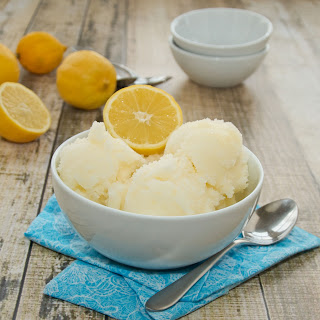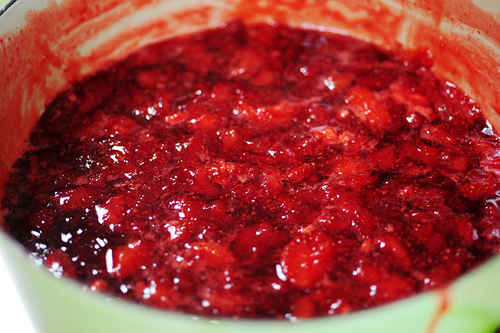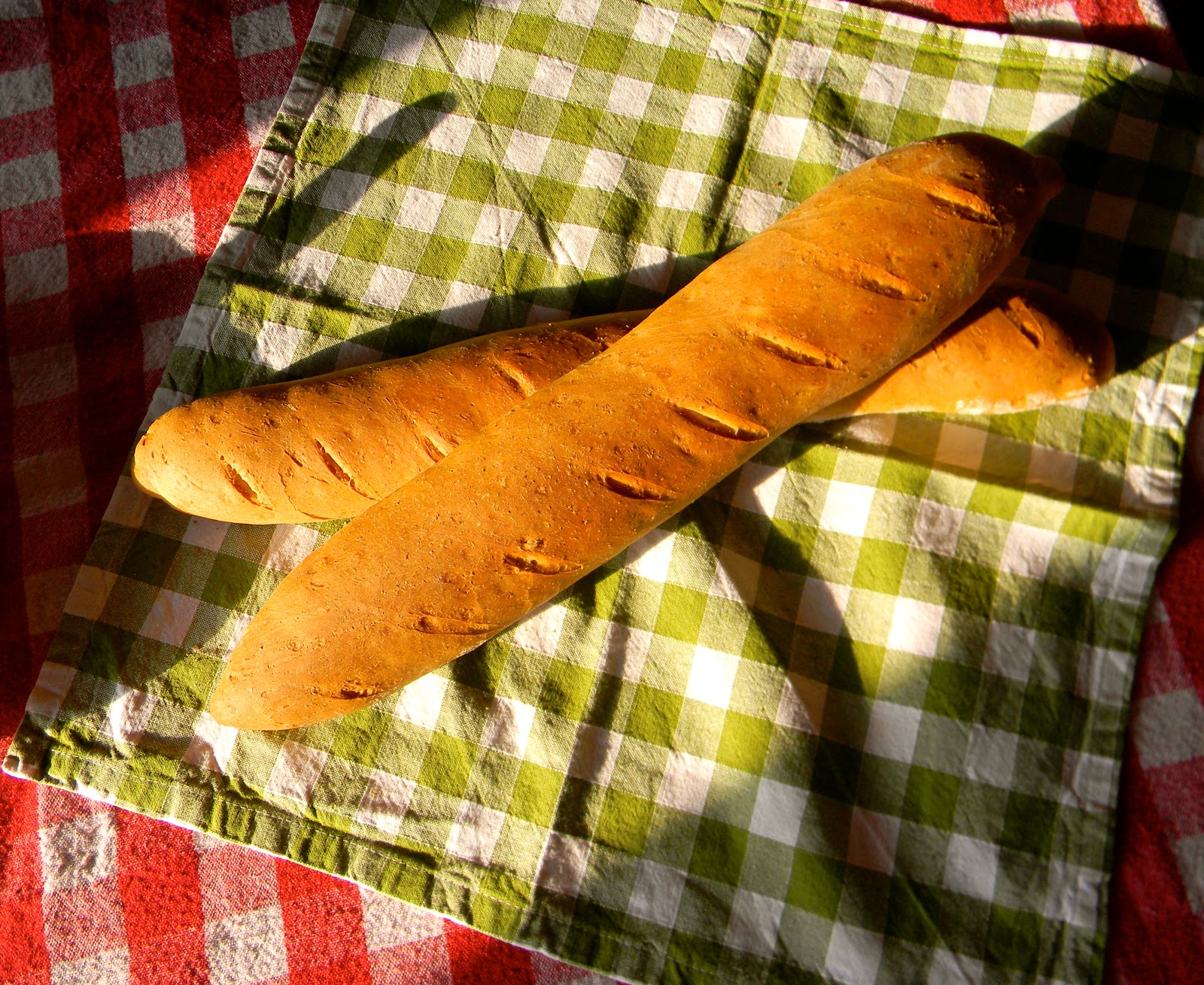 |
| Baked fish with vegetables |
 |
| Peposo |
 |
| Coconut shrimp |
 |
| Arrosto misto |
 |
| Saltimbocca alla Romana |
 |
| Polpette |
 |
| Baked quail, filled with Ham and Asiago with Gorgonzola and pear sauce |
 |
| Hungarian Goulash |
 |
| Pork medallion with gorgonzola and walnuts sauce, served with caramelised apples |
 |
Rabbit with Fennel |















































